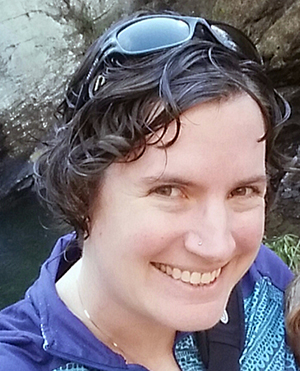Communicating Science to Skeptical Audiences

Editor’s Note: This is a guest post by Anelle Ammons, a graduate student in NC State’s Department of Horticultural Science. The post addresses key points raised during the Communicating Science Conference (ComSciCon) held in Research Triangle Park in March 2017.
Conveying scientific findings to a skeptical audience can be a daunting task for many researchers. But there are techniques that can help scientists bridge the gap to skeptical audiences, broadening the reach of scientific research.

Panelists at the ComSciCon Triangle earlier this year stressed the importance of knowing your audience, and crafting your message to align with its values and ideas, if you want to communicate effectively. By connecting with people’s emotions and finding common ground, scientists can gain the trust of others and then add science to the conversation. This helps to establish a scientist’s credibility with the audience.
Another important aspect of relating to skeptical audiences is to not try to accomplish too much at once. Madhusudan Katti, an associate professor in NC State’s Department of Forestry and Environmental Resources, stressed that everyone’s own value system is important to them, and getting that system to change overnight is unrealistic. Having worked in many diverse communities across the country, Katti found that by relating to each group’s viewpoint and set of values – as well as using data – scientists can lay the groundwork for spreading research-based information.
John Hardin, executive director of the Office of Science, Technology and Innovation in the North Carolina Department of Commerce, suggested stopping at local gas stations and restaurants to become familiar with the community. Hardin says he strives to be not only a political figure but also a friendly neighbor who knows the faces of the community. By learning community values and becoming another face in the crowd, scientists can lend more credibility to their fields of science, which will begin to break some of the barriers of those who are skeptical.
Stemming from Hardin’s suggestion, Jamie Vernon, director of science communications and publications at Sigma Xi, suggested all scientists “become a science node in your community,” integrating with the members of the community and sharing science from within, rather than trying to shove science into the community as an outsider. Science benefits when communities understand that scientists are regular people, not an elite crew of folks in a lab somewhere – and skeptical audiences become less difficult to reach.
Breaking through the walls built by science skeptics will be an arduous task for all fields of science, but by working together with communities, learning and respecting their values, and becoming a trusted member of the community, scientists can help break those barriers and advance the reach of scientific research.
- Categories:


